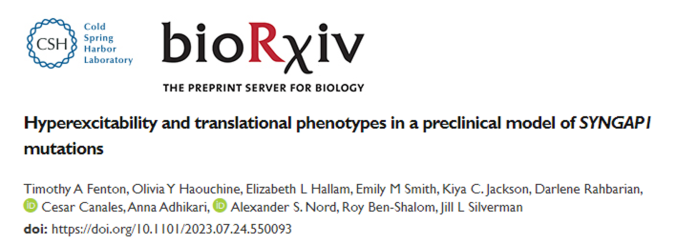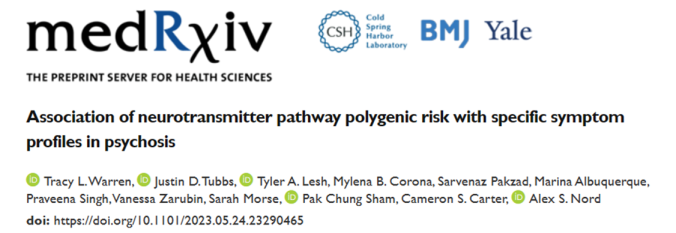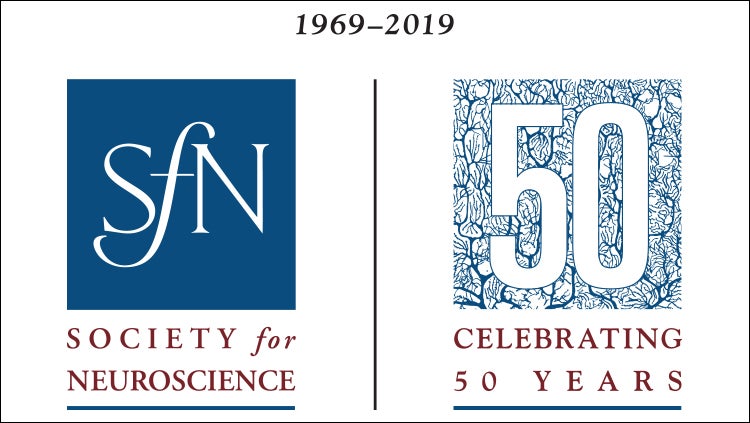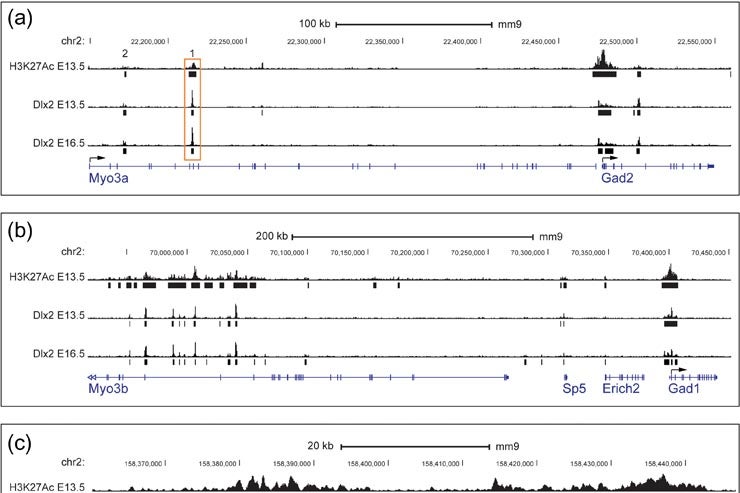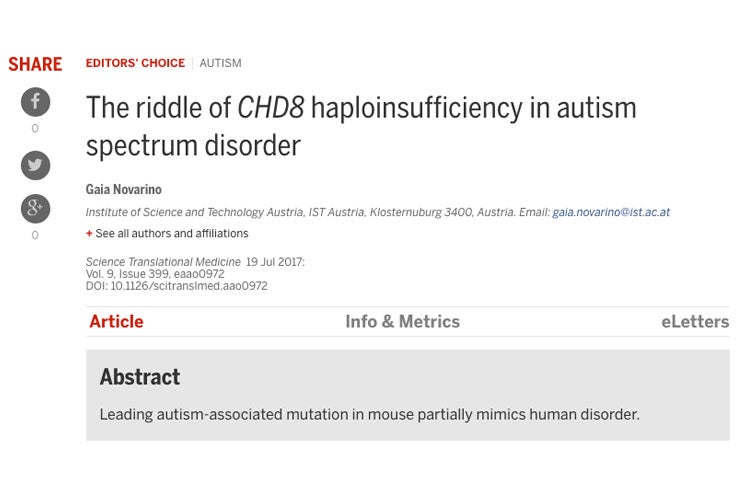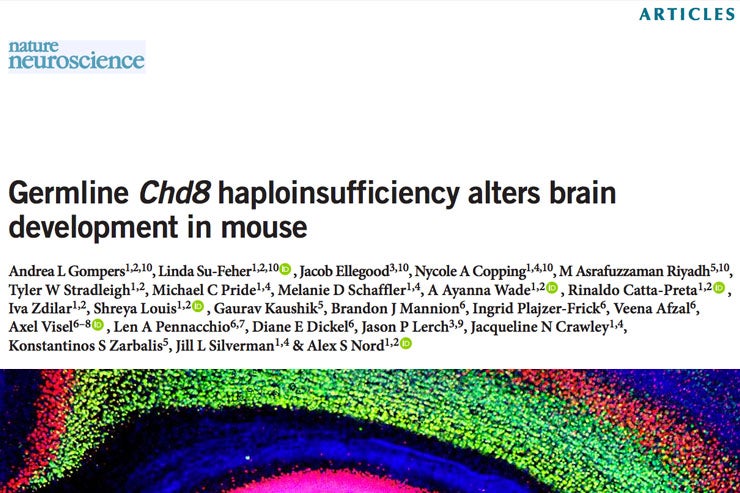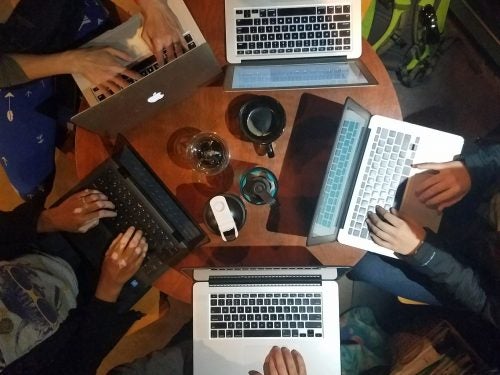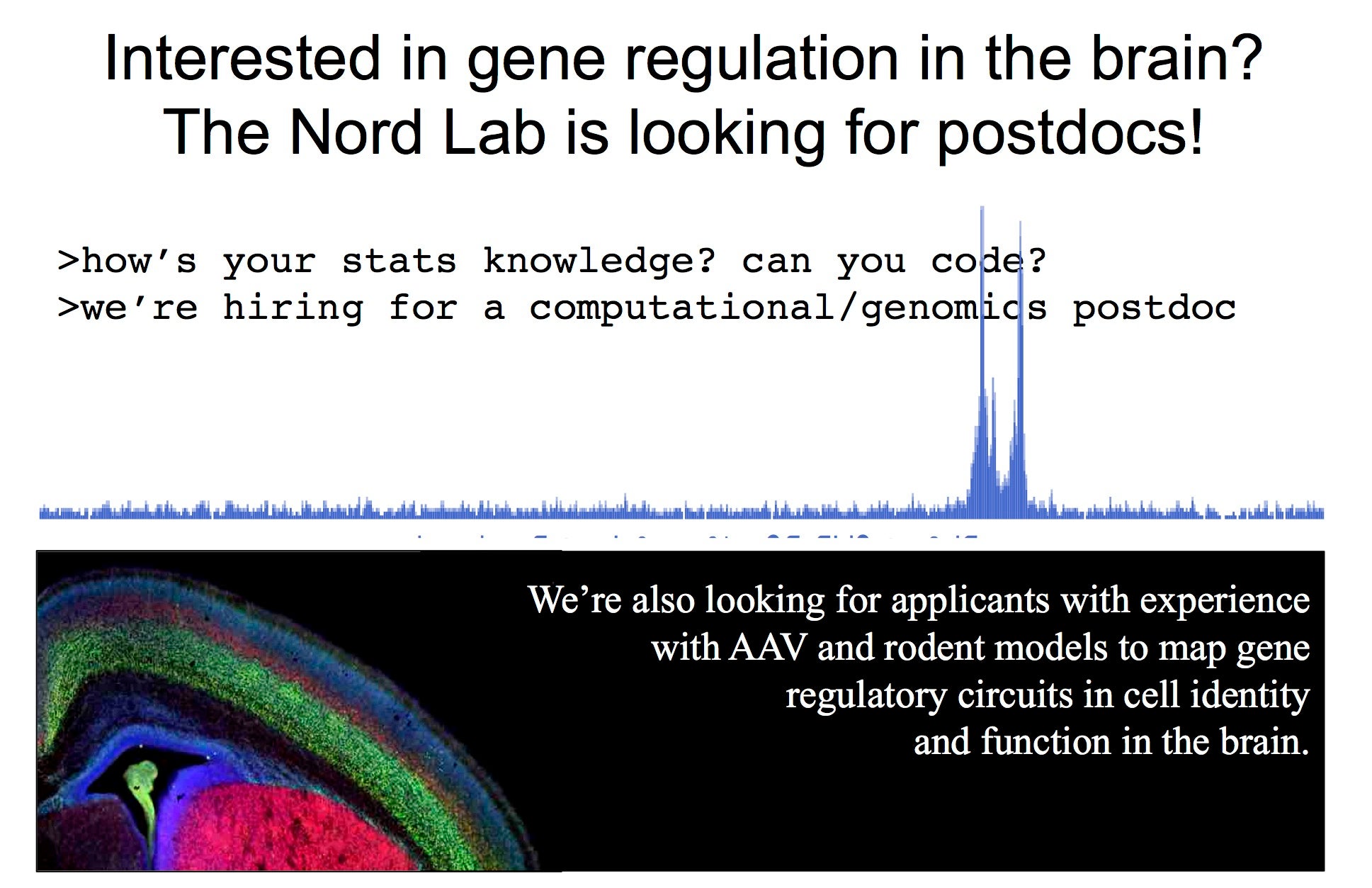A recent manuscript from the Nord lab and the Silverman lab at the MIND Institute is now out as a preprint on bioRxiv. This collaborative project describes phenotypes of a preclinical SYNGAP1 model including hyperactivity, deficits in learning and memory, and impairments of sleep. Other major findings include increased network firing activity, greater spikes per burst, and shorter inter-burst intervals between peaks using high density micro-electrode arrays in primary neurons.
Full preprint is available here:https://www.biorxiv.org/content/10.1101/2023.07.24.550093v1
